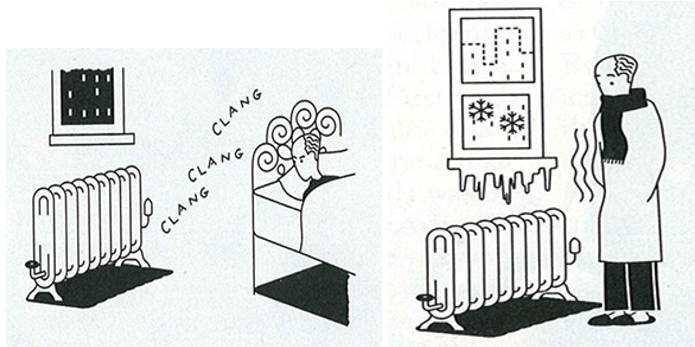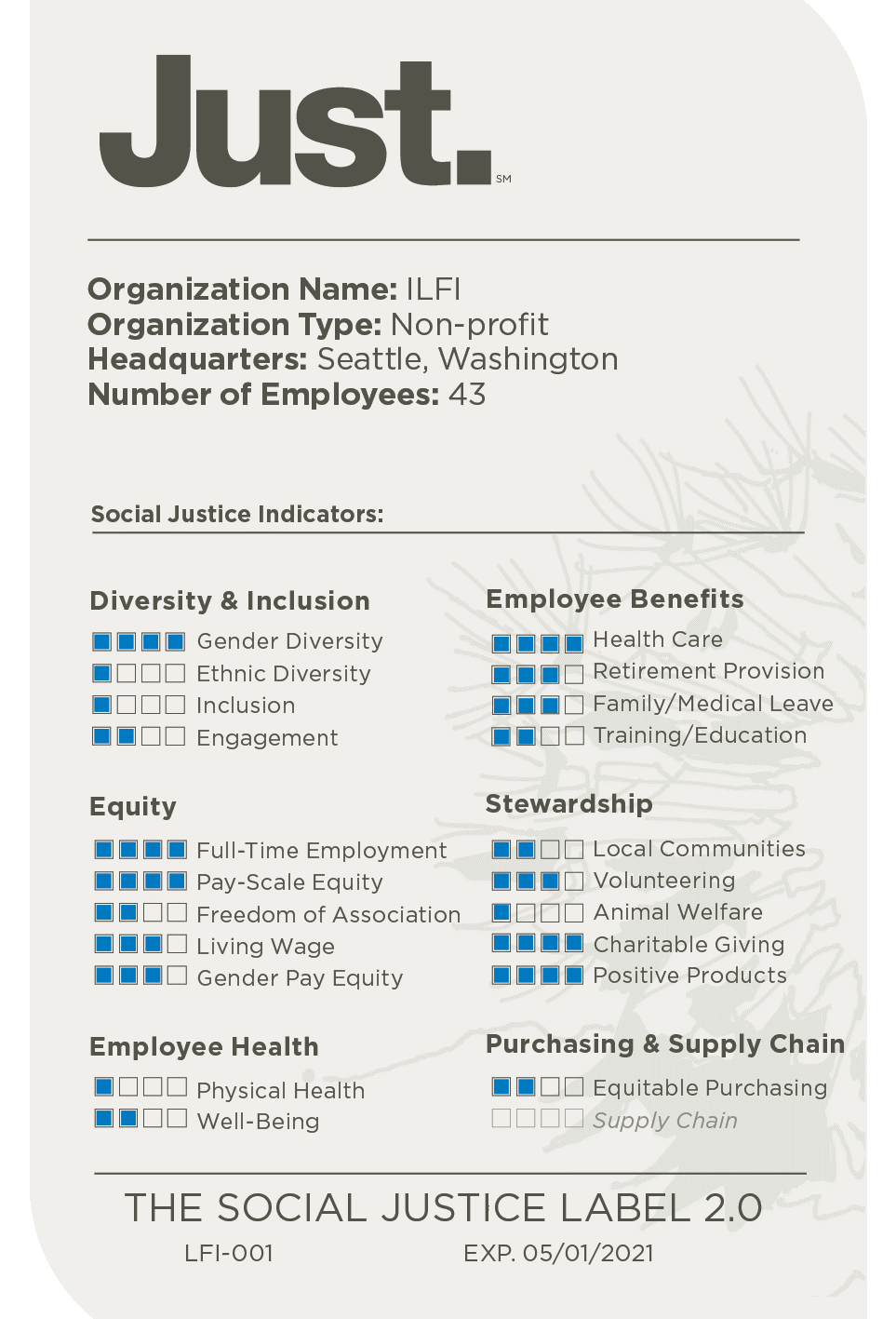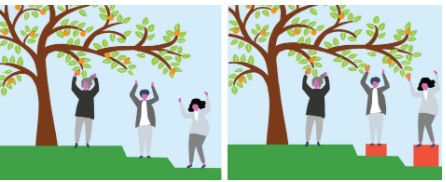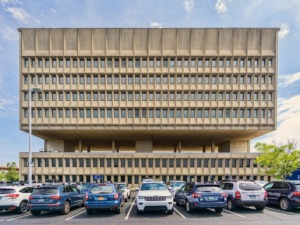- February 16, 2021
- 3 Comments
- In High-Performance Construction
- By Steven Winter Associates
Most people who have lived or worked in a steam-heated building are familiar with the typical occurrences of uneven heat (underheating/overheating), banging pipes, and having to open windows all winter long. Not only are occupants uncomfortable, but the heating bills are high as well.
Balancing these systems is a huge opportunity for energy savings. It is important to point out that the root of the issue is in the distribution system, and it’s that distribution system that needs to be fixed. The steam traps are the weakest link, and when they fail, residents lose the ability to control the amount of heat delivered. This in turn makes the space uncomfortable and results in the necessity to open windows and waste fuel.
The steam traps are supposed to be replaced building-wide every three years to catch broken traps, but due to the expense and logistics of such a task, this is rarely done.




